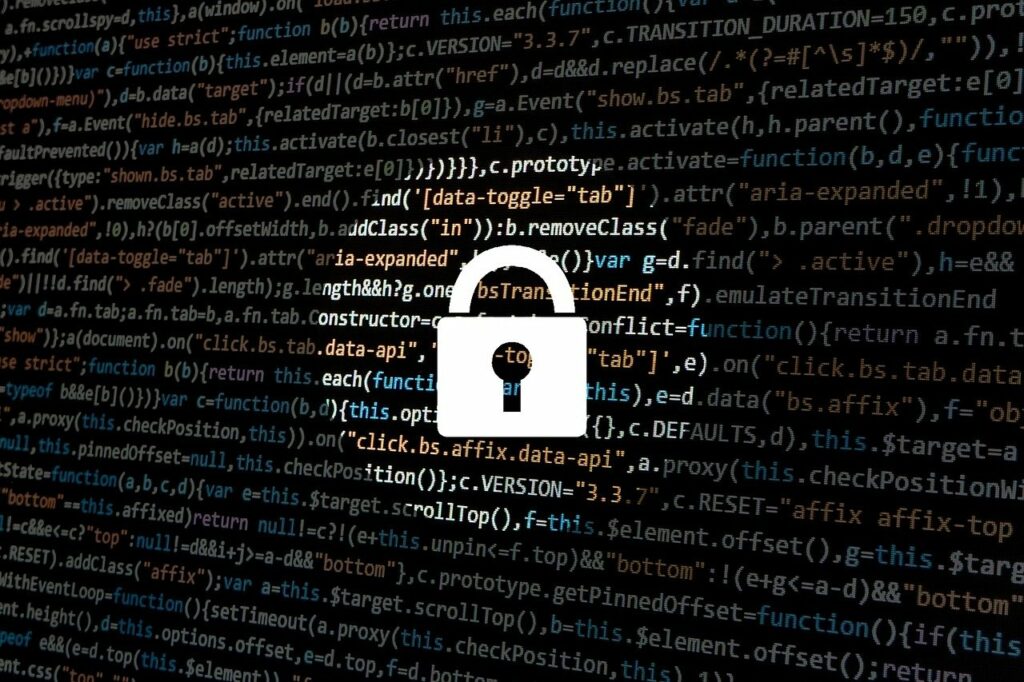
Laws aren’t enough to fight cyber attacks, people need to protect themselves
By: Anisha Perida – 2021 Summer Intern
According to ASIS International, in the year 2020, more than $ 4.2 billion was lost to cybercrime and fraud in the United States. Purplesec, a veteran-led company that fights cybercrime, said that by 2025, cybercrime will cost the world an annual $10.5 trillion.
With an increase in the usage of technology around the world comes an increased responsibility to stay informed of cyber threats and to take proper security measures to prevent attacks.
Cyber threats pose an issue not only to the individual, but also to the nation’s economy. According to the Office of Advocacy, 44 percent of U.S. economic activity is connected to small businesses. However, they are falling victim to cybercrimes, and the attacks are only getting worse. In fact, CNBC claims that 43 percent of cyber attacks are aimed at small businesses, and many lack the resources to prevent such attacks.
Oftentimes as a result, these businesses are forced to close. Small businesses and the nation will continue to suffer unless protective measures are taken to prevent cyber attacks.
Companies are vulnerable to attacks in part because it is difficult to fill positions for cyber security jobs. According to Cyber Seek, there are over 464,000 cyber security job openings in the United States. As the need for these job positions to be filled increases, cyber crime does, too. Individuals and companies alike are left to the vulnerabilities of cyber attacks and will continue to suffer until these jobs are filled.
For some companies, it is simply easier to not comply with the cyber security mandates put in place; it costs less for them to bypass regulations and it saves them time to ignore measures that could ultimately save billions of dollars.
In May 2021, President Biden issued an executive order to improve the nation’s cyber security. The order focuses on increased efforts to identify, detect, protect against, and deter against bad actors. But his order will not necessarily resolve this issue. Individuals and businesses need to take preventative measures on their own. The world of technology is so dynamic that by the time a cyber protective bill is passed, everything could change in the way these criminals attack. People must stay informed about the most efficient strategies to prevent attacks.
There are preventative measures anyone can take, including using firewalls, Data Loss Prevention (DLP), Virtual Private Networks, and Encryption. By utilizing such tools, more security is added to one’s computer. It is more difficult for a bad actor to succeed.
In addition to utilizing tools that safeguard attacks, individuals must stay informed about cyber threats. For example, ransomware is a type of malware in which someone encrypts a victim’s files and then demands payment for decrypting them.
Phishing is a type of cyber threat in which someone appears legitimate but actually has malicious intent and wants to steal information like credit card numbers or passwords. Other threats include social engineering, DDos, and more. The good news is, by becoming aware of the different types of cyber threats, people can become better equipped to protect themselves and their information on the internet.
Anisha Parida wrote this opinion piece as an intern for the World Affairs Council of Harrisbburg and the PA Media Group. It was published here.




